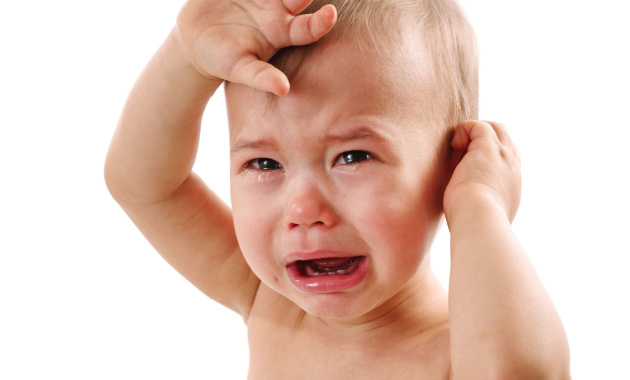
Many of us might have suffered from ear pain. It mostly affects kids, however, adults may also suffer from earache. Out of several causes of ear pain, the most common are colds and ear infections.
Ears can hurt during a common cold due to the inflammation of the eardrum by the virus. The buildup of pus as a result of infection behind the space of the eardrum also causes ear pain. Common cold is quite common in children. Studies suggest that children usually get around 8 to 10 colds within the first two years due to low immunity [1]. This increases the risk of ear pain.
Ear infections, also called acute otitis media, are also a common problem in children. It is estimated that one-fourth of infants have at least one ear infection within one year of their life [2].
Ear infections most often develop after a viral respiratory tract infection, such as a cold or the flu. So, it is very important to distinguish to guide the treatment.
To Buy The Best Ear Care Products Visit Our Ear Care Store. Click Here!
4 Common Distinguishing Features
In most cases, the symptoms of ear pain due to cold are the same as those of an ear infection. So, it is very difficult to identify the cause of your ear pain. However, there are some distinguishing signs that include:
Pain Severity: If the ear pain is still there after a cold, it can be due to an underlying ear infection. Moreover, the pain due to infection is more severe than occurs due to normal cold. The sharp, dull, and burning earache indicates the pain due to the cold. However, ear infection causes a feeling of tugging or pulling in the ears.
Flu Symptoms: The presence of other symptoms such as congestion, sore throat, coughing, fatigue, headache, joint pain, and mild fever along with ear pain indicates common cold rather than an ear infection. The symptoms of cold usually last for about 7 to 11 days [3]. Most ear infections resolve in three days, however, symptoms may continue for up to a week [4].
Ear Discharge: Pain due to normal cold generally does not lead to any discharge from the ears. However, bacterial and fungal infections can lead to the build-up of pus and fluid in the ear. These fluids and pus can be drained out from the ear under medical guidance.
Vomiting or Diarrhea: Vomiting and diarrhea are the typical signs of bacterial infection which can be accompanied by ear pain in an ear infection. These types of symptoms are generally not observed in common cold.
Suffering From Vomiting Or Diarrhea. Visit Our Store Of Rehydration Beverages. Shop Now!
Other causes
Toothache: Infants and children may suffer from ear pain along with toothache during the teething process. Individuals with an infected tooth having an abscess or impacted wisdom teeth are also more likely to have ear pain.
Teething Troubles? 6 Effective Ways To Help Your Baby Fight Them Easy!
Earwax: Ear canal produces a waxy substance known as cerumen, which is commonly called earwax. Ear gets rid of this wax from time to time. When the process fails to function properly, it causes a buildup of earwax in the canal. This, in turn, gets hardened and accumulates in the ear canal blocking the canal, which may lead to ear pain.
Tonsillitis: Tonsils are two round, fleshy masses in the back of your throat (pharynx). Tonsillitis is inflammation of the tonsils. It is mostly caused by common viruses, but bacterial infections also can be the cause of infection. If ear pain is accompanied by pain while swallowing, it can be due to tonsilitis.
Consult India’s best doctors here!
Conclusion
It is very necessary to diagnose the cause thoroughly in order to get the right treatment. The treatment of ear pain includes taking over-the-counter pain relievers to treat the ear pain. Antibiotics are given in case of an infection. Also, not getting the ear wet and sitting upright can help relieve ear pressure and pain.
(The article is written by Kanchan Vats, Team Lead, and reviewed by Monalisa Deka, Senior Health Content Editor)
Recommended Reads